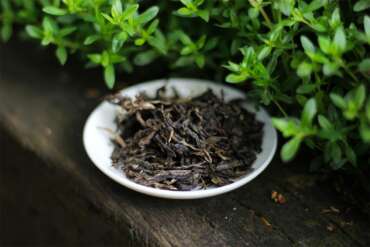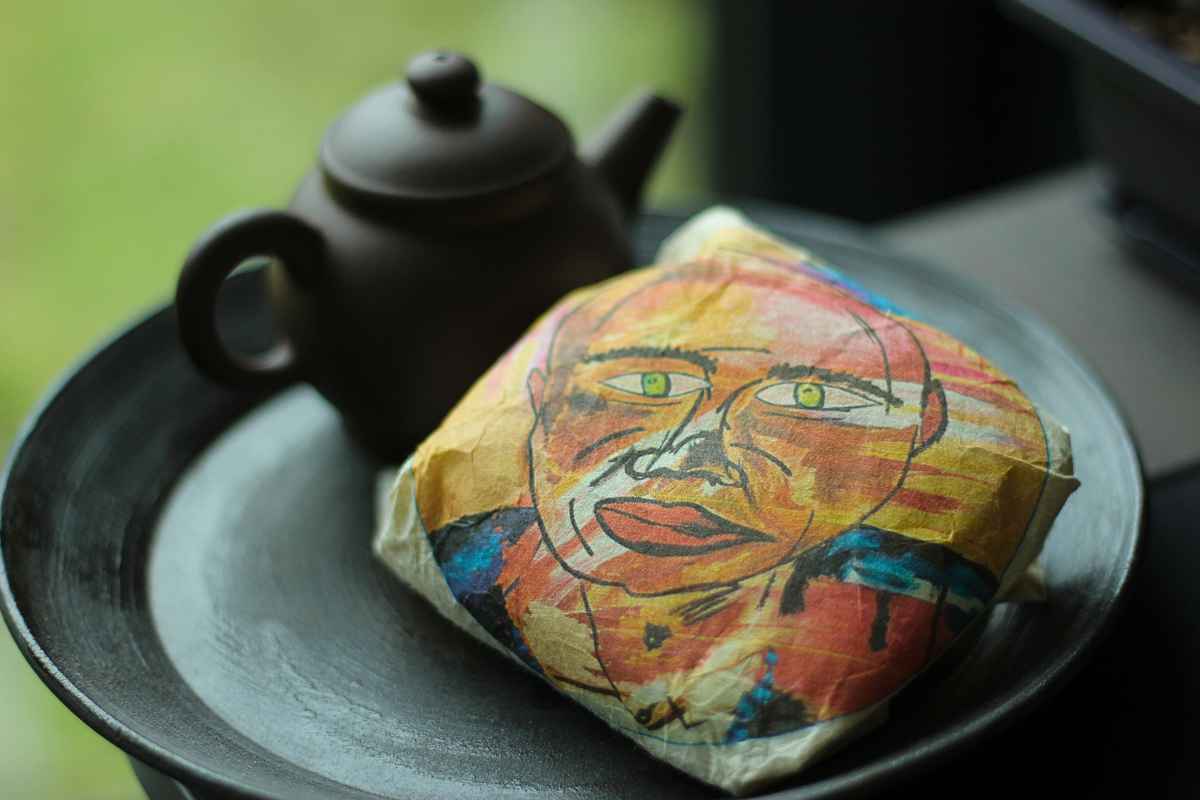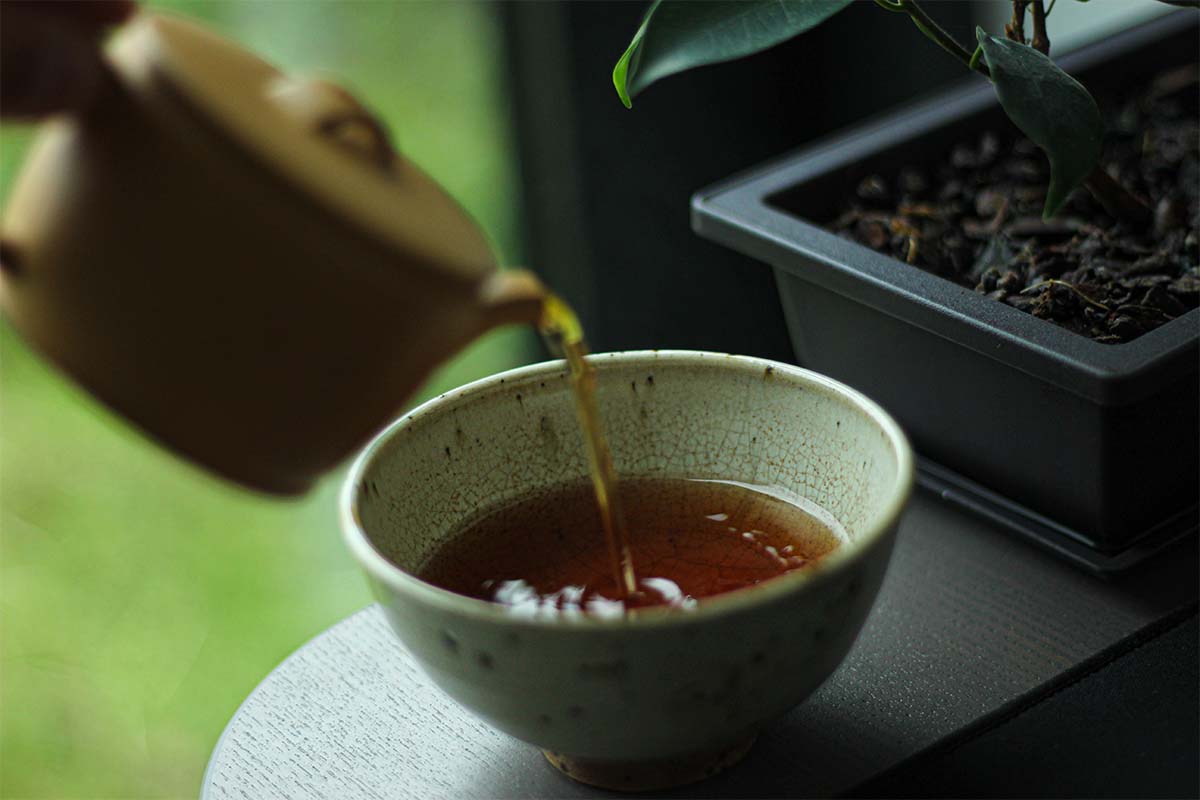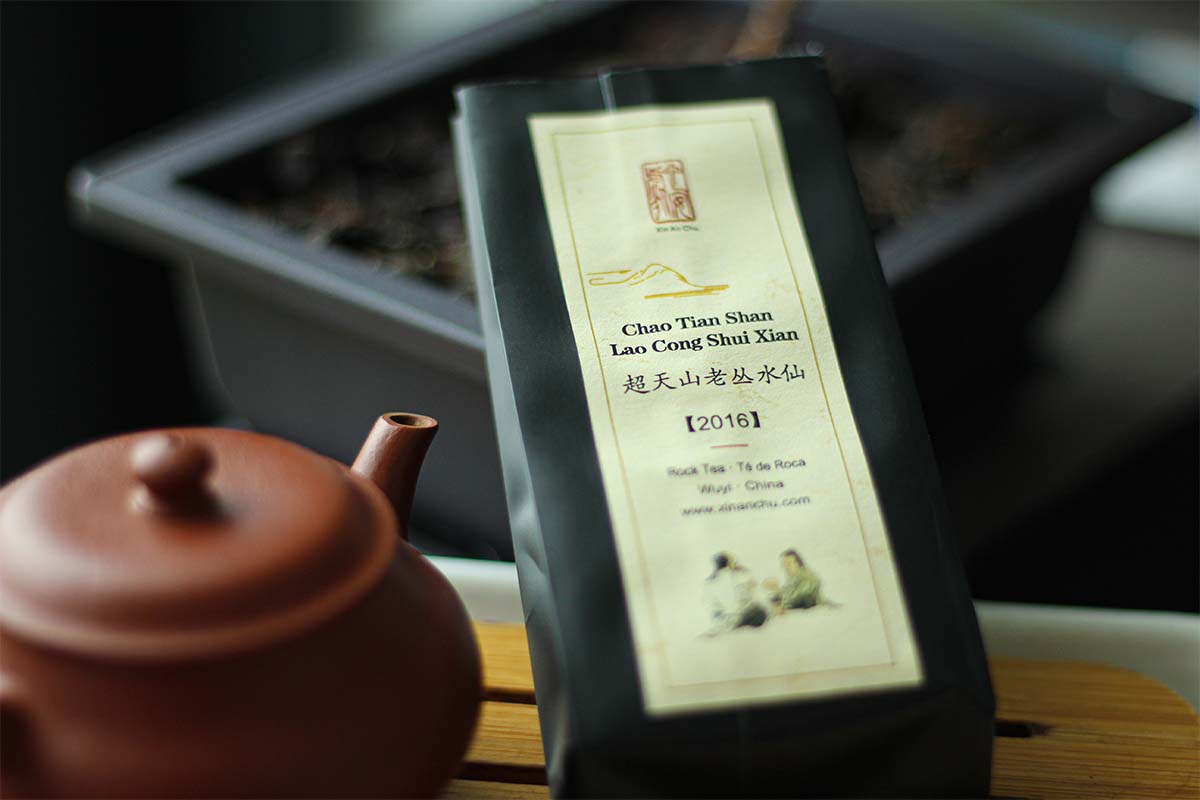This is the first installment in our free online tea course to teach you the basics of this wonderful drink. This lesson is all about what tea is and why it is such a popular drink all over the world. After this lesson, you should be able to answer the question: “What is tea?”
In short, tea is an aromatic drink that is made by pouring hot water over dried leaves of the Camellia Sinensis plant. This is the basic definition, but there is a lot more to be said about this wonderful drink. Read on to learn more.
What is tea?
“What is tea?” is a very popular question with a rather complicated answer. Most people think that you get tea by pouring boiling water over any kind of dried leaves or herbs. However, this is not the full story as you can tell by the definition above.
It’s true that you need hot water and dried leaves, but the leaves need to be from a specific plant: a variety of Camellia Sinensis. Now you know this, you will realise that your evening chamomile and mint teas are not really tea. These leaves are not from a variety of the Camellia Sinensis plant so they are classified as tisanes, infusions or herbal teas. Leaves from the Camellia Sinensis contain caffeine, while tisanes, infusions and herbal teas are free of caffeine. That’s why chamomile tea is ideal to drink right before you go to bed.
There are different types of tea and all of those teas come from a variety of Camellia Sinensis. Of course, there are a lot of varieties and cultivars, but more on that later.

Don’t know where to buy tea online? I made a list of over 300 online tea shops and I keep updating it regularly. You can check it over here
Where does tea come from?
In order to answer the question “What is tea?”, it’s also important to know where it comes from. The tea plant is found in many different parts of the world but is mostly found in Asia. It grows naturally over there and there are also a lot of plantations in order to produce massive amounts of tea each year. There is debate about the specific origin of the first wild tea trees, but it’s agreed upon that tea comes from China.
Nowadays, there are many areas where tea is produced, each with their own distinct character, flavours and specific rituals. Even within the same area, drinking tea and the rituals around this practise have changed quite a bit in some areas. Take a look at the following tea producing regions:
- China: this country has the largest variety of tea and is exported all over the world. Most Chinese tea is brewed using the ‘Gong Fu Cha’ method, which means ‘mastery through self-discipline’. Teas range from green and white tea to dark teas like Liu Bao and aged Puerh.
- Japan: most Japanese tea is green tea. It has a distinctive shape and flavour profile and is easily distinguishable from other kinds of green tea. Japanese teas are usually brewed in a kyusu (= sidehandle teapot) and the Japanese tea ceremony is called ‘Cha No Yu’.
- Taiwan: Taiwan is famous for its exquisite oolong teas. A lot of tea is consumed by the Taiwanese themselves and they also brew tea in the Chinese way. Taiwan is also an ideal location for Puerh storage, if you like Puerh storage on the dry end of the spectrum.
- India: India is famous for the production of black tea ever since it was a British colony. It consumes almost 80% of its total production each year! Famous regions are Darjeeling and Assam.
- Sri Lanka
- South Korea
- Kenya
- Turkey
- Vietnam
- Thailand
- Laos
What is in tea?
Another aspect you need to know before you can answer the question: “What is tea?” is which compounds you can find in tea. Tea consists of several things of which water is the most important element. If you make tea, what’s in your cup or mug is 99% water, so I think you get why it’s such an important factor. A lot can be told about water for tea, but that is for another lesson. There are many other things you find in tea and you have an overview of the most important aspects below. I won’t go into too much detail but it’s important that you have a general idea of what is in tea.
- Caffeine: just like coffee, tea also has caffeine in it. On a molecular level, it’s nearly the same as the caffeine in coffee, but it is considered to be ‘better’ because it doesn’t have the negative aspects of what you get after drinking coffee. The effect of caffeine in tea is not as intense and it lasts longer compared to coffee. It’s also much more difficult to tell how much caffeine there is in a particular tea because it depends on the type of tea, the brewing temperature, the cultivar, …
- Polyphenols: this is a term that refers to a group of compounds that makes up 30% – 40% of freshly picked tea leaves. This is a really broad category as there are some compounds that are responsible for astringency, compounds that contain antioxidants and compounds that are responsible for the tea’s colour and taste.
- Amino acids: these are the compounds that give the tea its sweet and umami character. Sunlight transforms amino acids into polyphenols, which means that shaded tea (like Gyokuro) has much more amino acids, resulting in a more umami flavour profile. The most famous amino acid in tea is theanine, which is largely responsible for a feeling of relaxation. This works well in combination with caffeine and creates a state of ‘mindful alertness’.
- Enzymes: these are responsible for the browning of leaves when freshly picked ones are bruised. This is more or less the same when the enzymes in an apple come in contact with oxygen; the apple turns brown. The enzymes can be deactivated by heat, which is why green tea is heated in order to stop the oxidation process.
Conclusion
I hope this article was helpful and that you can answer the question: “What is tea?” It seems a simple question at first, but there is more to it than what meets the eye. In this article, several questions have been answered in an attempt to teach you more about tea and make sure you know the basics before we delve deeper and continue to the next lesson.




